Beschreibung
Source: T4 DNA ligase is purified from E. coli lambda lysogen NM 989.
Description: T4 DNA Ligase catalyses the formation of a phosphodiester bond between neighbouring 5′-phosphate and 3′-hydroxyl termini in duplex DNA or RNA.
Unit Definition: One cohesive end (CE) unit is defined as the amount of enzyme required to yield 50 % ligation of HindIII fragments of Lambda DNA. Incubation is at 16°C in 20 µl of assay mixture with a DNA terminus concentration of 0.02 µM (50 µg/ml). Note: 67 cohesive end ligation units are the equivalent of one Weiss unit.
Store at: -20°C
Note: The 10x T4 Ligase buffer contains ATP as necessary cofactor for T4-DNA-Ligase. ATP is stable in the T4 Ligase buffer for several freeze thaw cycles. However, it is recommended for optimal performance to aliquot the buffer to reduce the number of freeze thaw cycles. There may be a white precipitate of DTT in the 10x T4 Ligase buffer after thawing. In this case, vortex for one or two minutes until the DTT goes into solution.
Storage Buffer: Storage buffer: 50 mM KCl, 10 mM Tris-HCl (pH 7.4), 0.1 mM EDTA, 1 mM dithiothreitol, 200 μg/ml BSA and 50% glycerol. Store at -20 °C.
Reagents supplied with: 10x T4-Ligase buffer: 500mM Tris-HCl (pH 7.8 at 25 °C), 100 mM MgCl2, 100mM DTT, 10mM ATP
Recommended Reaction Conditions:
T4 DNA Ligase is active over a wide range of temperatures. The optimal temperature for ligations is a compromise between cohesive end annealing, enzyme activity and stability of enzyme and ATP. 30 min to our hour at room temperature or 1 hour at 16 °C is sufficient for standard sticky end cloning. Longer incubation times up to overnight at 16 °C improve ligation efficiency. The standard for blunt end cloning is 2h at 25 °C or overnight at 16 °C. Lower temperatures (4° C) promote the annealing of short sticky ends and favour intramolecular ligation over recircularization but require longer incubation times. If the ligation is carried out at 4 °C the incubation time should be prolonged to overnight or for convenience over the weekend. Ligation at 4 °C is recommended for optimal ligation efficiency of single base overhangs. Blunt end ligation is strongly enhanced by PEG. Excess PEG stimulates the formation of large linear DNA (concatemerization), which may inhibit transformation.
Heat inactivation: T4 DNA Ligase can be inactivated by incubation at 65 °C for 10 minutes. Heat inactivation prior to electroporation is reported to improve transformation rates. Note: Do not heat inactivate when using PEG or rapid ligation buffer.
Vector insert ratio: The recommended molar vector : insert ratio for sticky and blunt ends is 1:3. Vector : Insert ratios from 1:1 to 1:5 will give satisfactory results in most cases. Vector Insert rations higher than 1:5 may lead to multiple inserts.
ng of insert = 3 x mass of vector [ng] x length of insert [bp] / length of vector [bp]
Vector insert ratio: 1:3
Example:
Mass of vector 50ng
Length of insert 500bp
Length of vector 5000bp
ng of insert = 3x 50ng x 500bp/5000bp = 15ng
General reaction setup for cloning.
Thaw the T4-Ligase buffer completely between your fingers and mix it by vortex. Place the tube immediately back on ice.
Linear vector DNA 50ng (25ng to 100ng)
Insert DNA 1:3
10x Ligase buffer 1µL
T4 DNA Ligase 1µL (2,5-6 Weiss units)
Nuclease free water up to 10µL
Add T4 DNA Ligase as last component.
Mix gently but thoroughly by pipetting up and down or flicking the tube.
Incubate the reaction mixture at room temperature, 16 °C or 4 °C for the indicated time.
Chill on ice. Transform 1- 5µl reaction mix to 50µL chemical competent cells or 1µL to 50 µL of electrocompetent cells. When using PEG or rapid ligation buffer spin column purification is necessary prior to electroporation.
Hints to improve ligation efficiency.
Avoid exposure of fragments to UV light or reduce it to a minimum. Use the longest wavelength available. Just a few seconds exposure to shortwave UV light reduce the cloning efficiency by orders of magnitude. If available use blue light transilluminator in combination with a green ethidium bromide alternative.
Mix linear vector and insert and heat it to 55 °C for 5 minutes. Chill down before adding T4- DNA Ligase and buffer. The heating step will melt vector/vector and insert/insert cohesive interaction.
Start the ligation in ice-water and leave the ice bucket overnight at room temperature. The temperature will slowly go up to room temperature. The resulting temperature gradient will promote successively overhang annealing, intermolecular ligation and recirculation.
References:
Weiss, B., Jacquemin-Sablon, A., Live, T. R., Fareed, G. C., & Richardson, C. C. (1968). Enzymatic breakage and joining of deoxyribonucleic acid VI. Further purification and properties of polynucleotide ligase from Escherichia coli infected with bacteriophage T4. Journal of Biological Chemistry, 243(17), 4543-4555.
Michelsen, B. K. (1995). Transformation of Escherichia coli increases 260-fold upon inactivation of T4 DNA ligase. Analytical biochemistry, 225(1), 172-174.
Ferretti, L., & Sgaramella, V. (1981). Temperature dependence of the joining by T4 DNA ligase of termini produced by type II restriction endonucleases. Nucleic acids research, 9(1), 85-93.
For research use only. Not recommended or intended for diagnosis of disease in humans or animals.


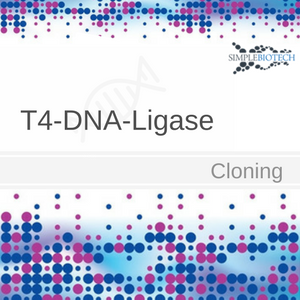
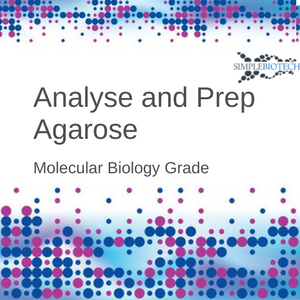
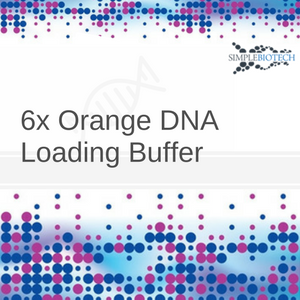
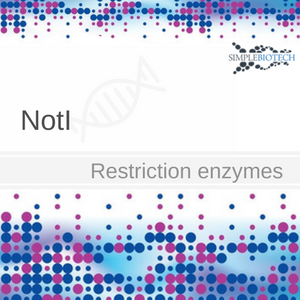
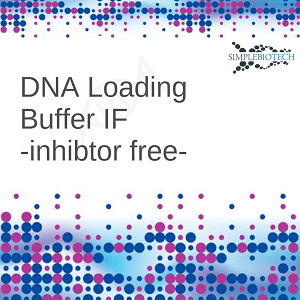
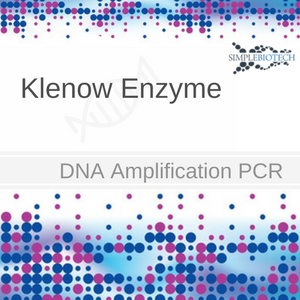
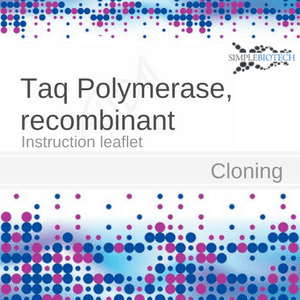
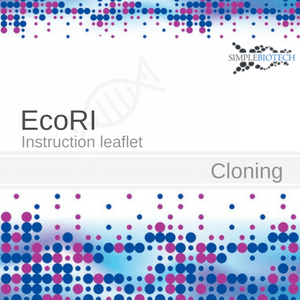
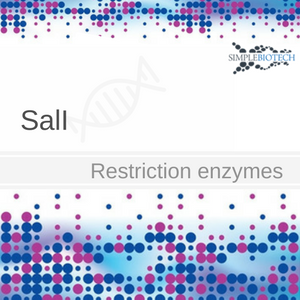
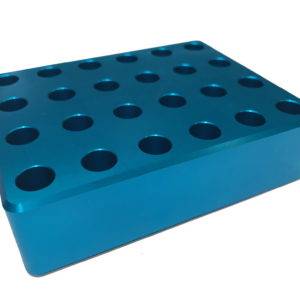
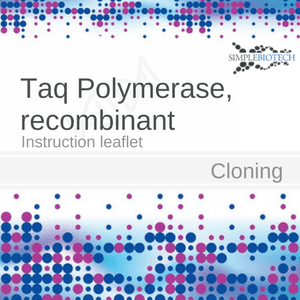
Bewertungen
Es gibt noch keine Bewertungen.